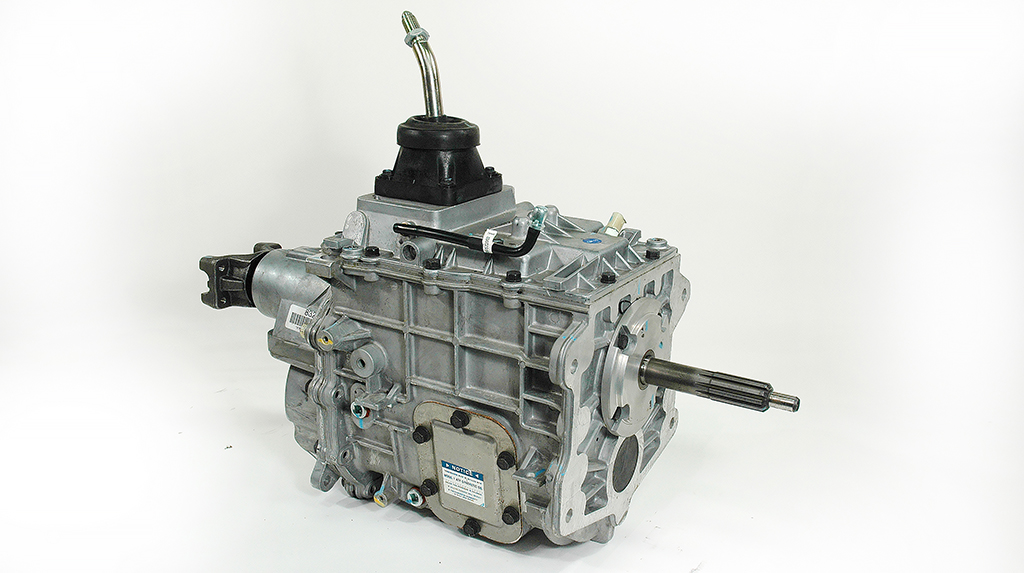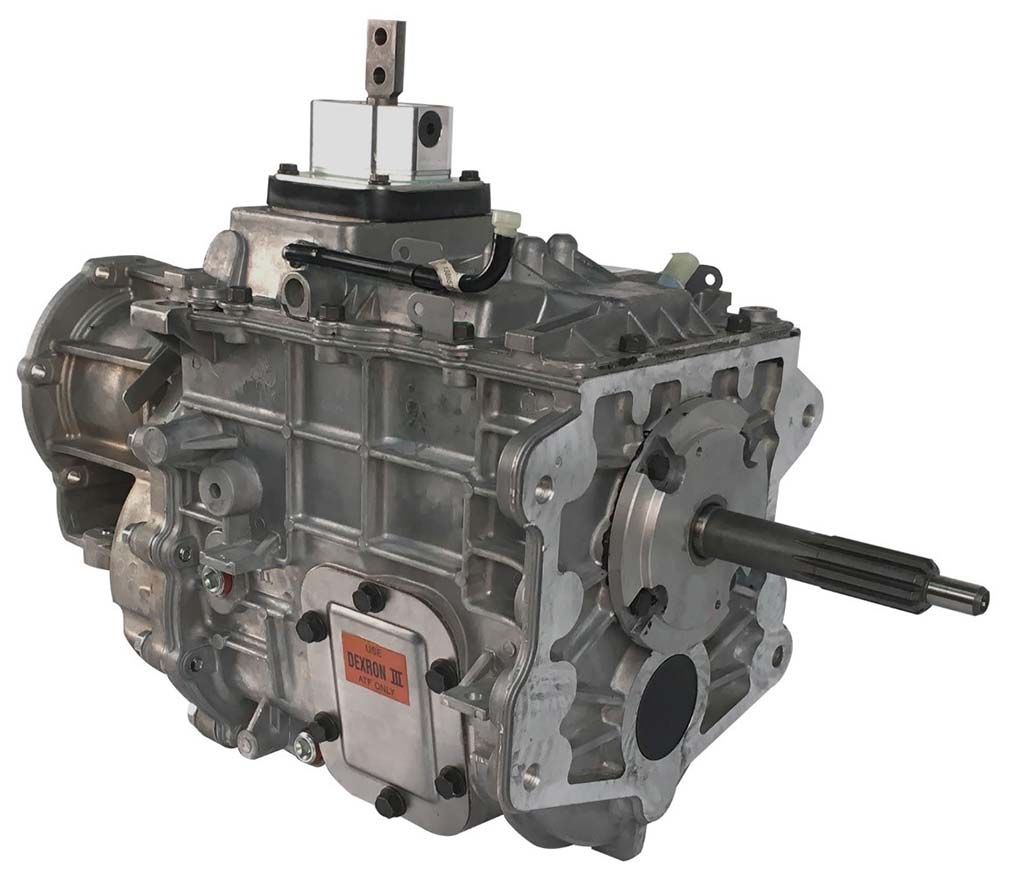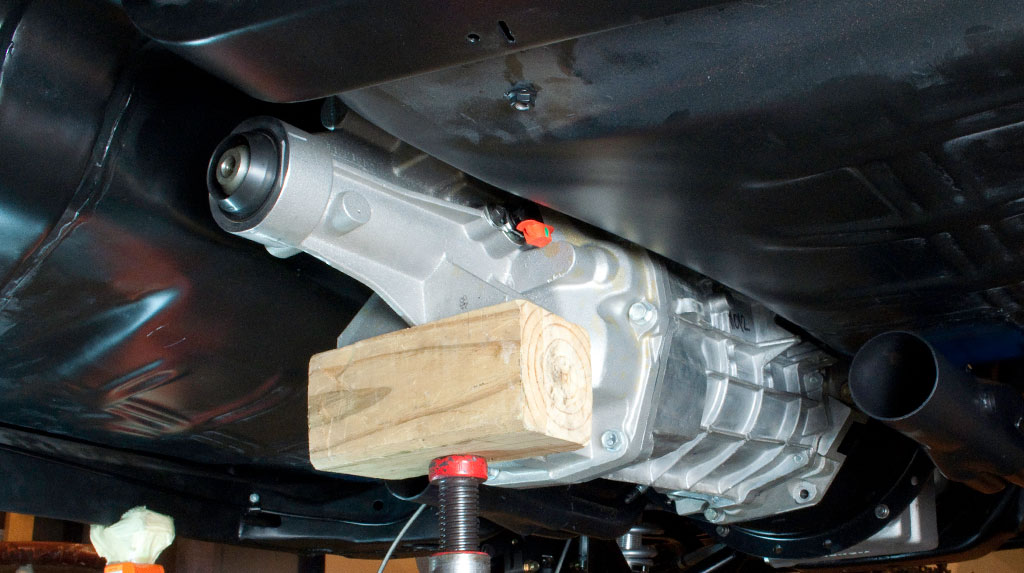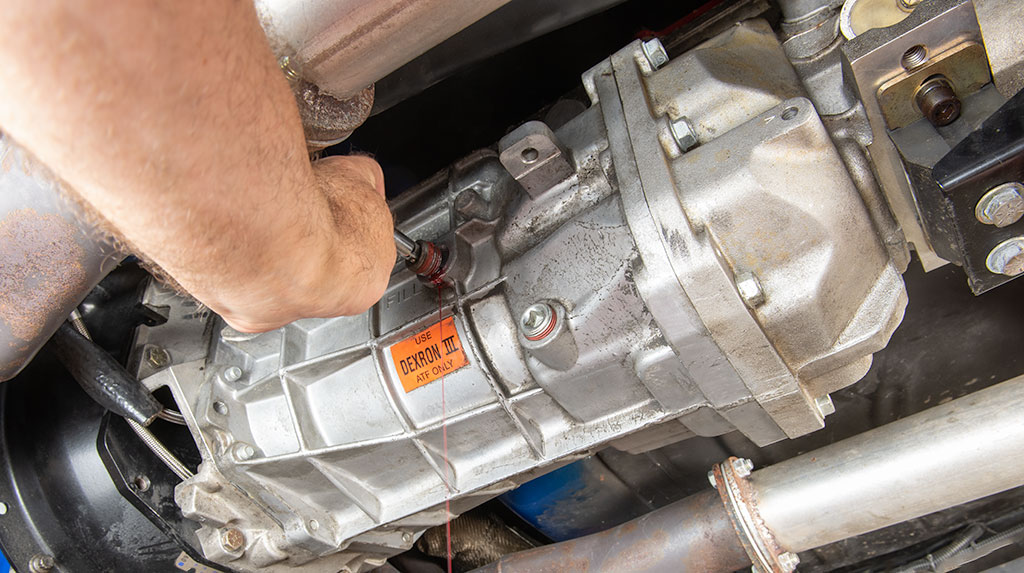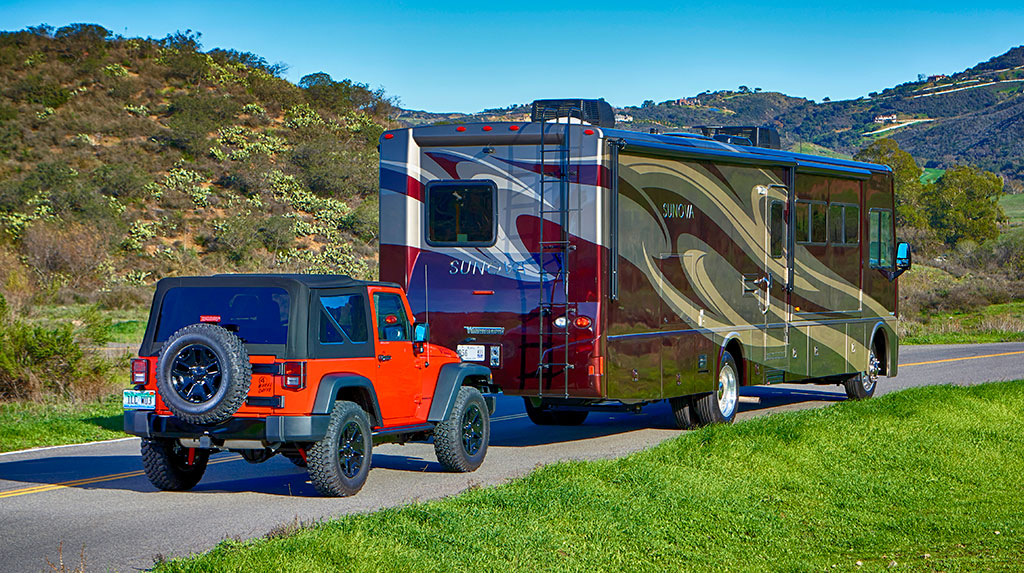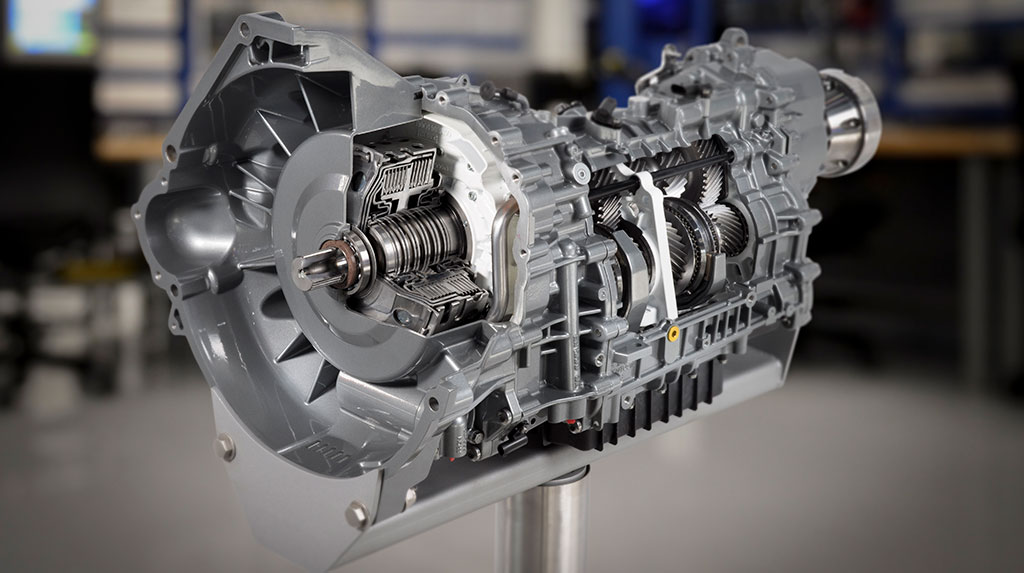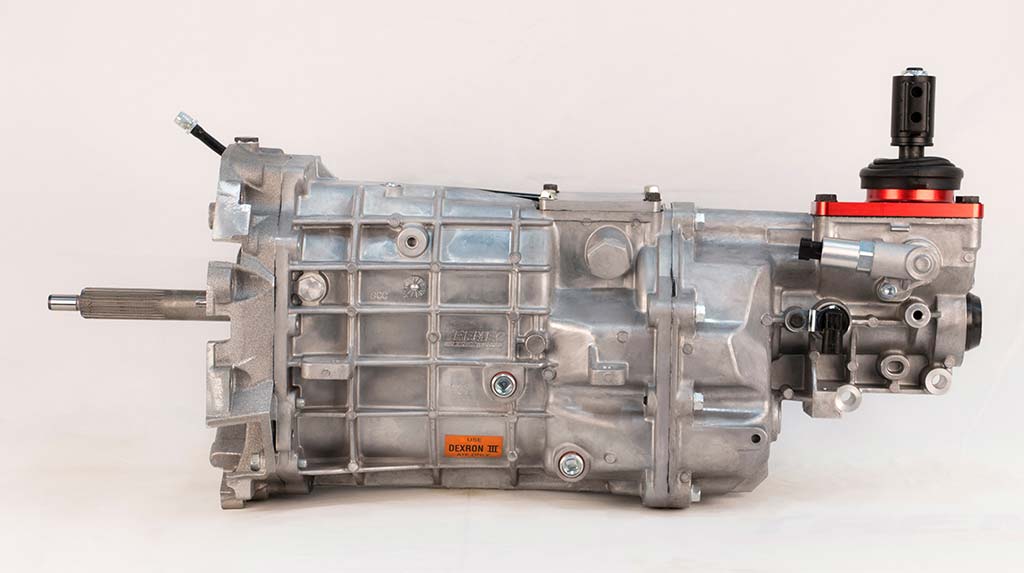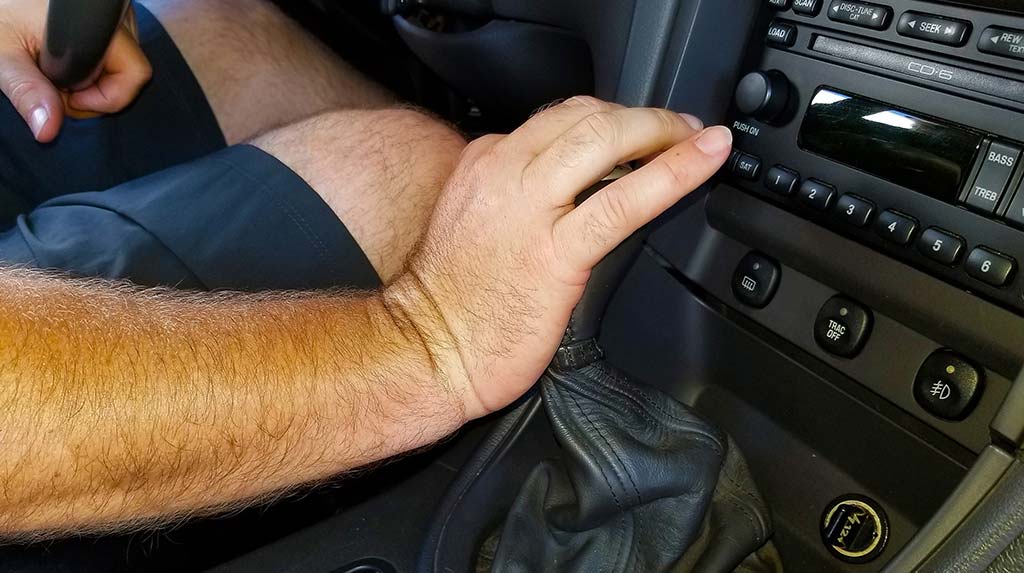TREMEC is excited to announce the release of a TR-4050 5-speed transmission for two-wheel-drive applications. It’s perfect for truck and SUV enthusiasts looking to upgrade their two-wheel-drive vehicle from an old 3- or 4-speed manual transmission. It’s also a great way to upgrade from a factory 5-speed with a significantly stronger unit. Read More “TREMEC Two-Wheel-Drive TR-4050 5-Speed Transmission Available Soon”
Category: Transmission & Driveline Tech
Improve Jeep and 4×4 Performance with the TREMEC TR-4050 5-speed Manual Transmission
The Jeep Wrangler is an iconic off-road vehicle. But through the years, the various models haven’t always had the best manual transmissions. For example, the Jeep YJ (1987-1995 model years) and Jeep TJ (1997-2006) lacked a decent First gear ratio, and owners found the transmissions to be less durable once larger tires and weight were added to the Jeep, including heavier axles and other off-road equipment. The factory NSG370 6-speed transmission found in the Jeep JK (2007-2018) was better, but there was still room for improvement in the eyes of Wrangler enthusiasts. The superior First gear ratio and incredible strength of the TREMEC TR-4050 5-speed manual transmission has made it a desirable upgrade not only for the Jeep Wrangler, but also many other light trucks and 4×4 SUVs. Read More “Improve Jeep and 4×4 Performance with the TREMEC TR-4050 5-speed Manual Transmission”
Common TREMEC Transmission Installation and Conversion Mistakes to Avoid
A trouble-free conversion to a TREMEC transmission starts with good planning. Selecting the right transmission for your application and knowing the accessories and parts required will prevent headaches during the installation. To give you the best tips to make installing a TREMEC 5-speed or 6-speed transmission as easy as possible, we interviewed some of our TREMEC Elite Distributors about common challenges and mistakes encountered – and how you can avoid them. Read More “Common TREMEC Transmission Installation and Conversion Mistakes to Avoid”
How to Use the TREMEC Gear Ratio Calculator
When building a vehicle, selecting a TREMEC 5- or 6-speed transmission gives you the opportunity to change the vehicle’s axle gear ratio in order to maximize the driving experience. The TREMEC Gear Ratio Calculator makes it easy to experiment with the affect that various ratios will have on the engine rpm at various speeds, letting you choose the ratio that will be best for the way you want to use your vehicle. Read More “How to Use the TREMEC Gear Ratio Calculator”
TREMEC Transmission Maintenance
Love the great performance and smooth shifting of your TREMEC Magnum 6-speed, TKX 5-speed or T-5 5-speed transmission? We thought so. And regular maintenance will keep your transmission in top-performing condition.
Our transmissions are manufactured to strict original-equipment vehicle manufacturing standards, and they do not require much maintenance. The popular Magnum, TKX and T-5 transmissions are often installed in high-performance or race vehicles that require somewhat regular inspection.
In this article, we’ll provide a rundown of what to check, as well as how to perform an oil change on a TREMEC transmission built for aftermarket use. If you have a transmission that came as factory equipment in a vehicle, we recommend that you follow the vehicle-manufacturer’s recommended maintenance schedule and procedures.
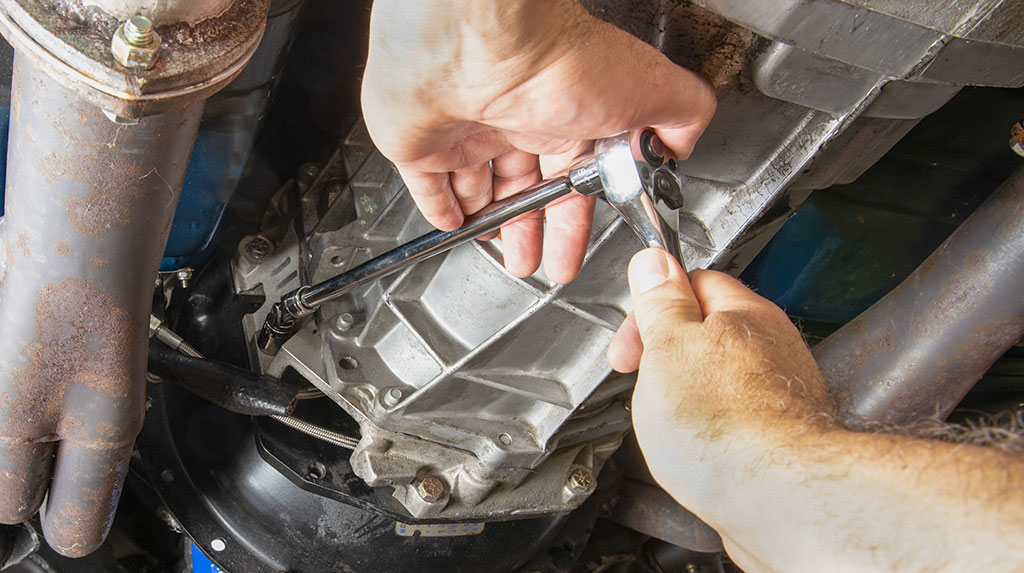
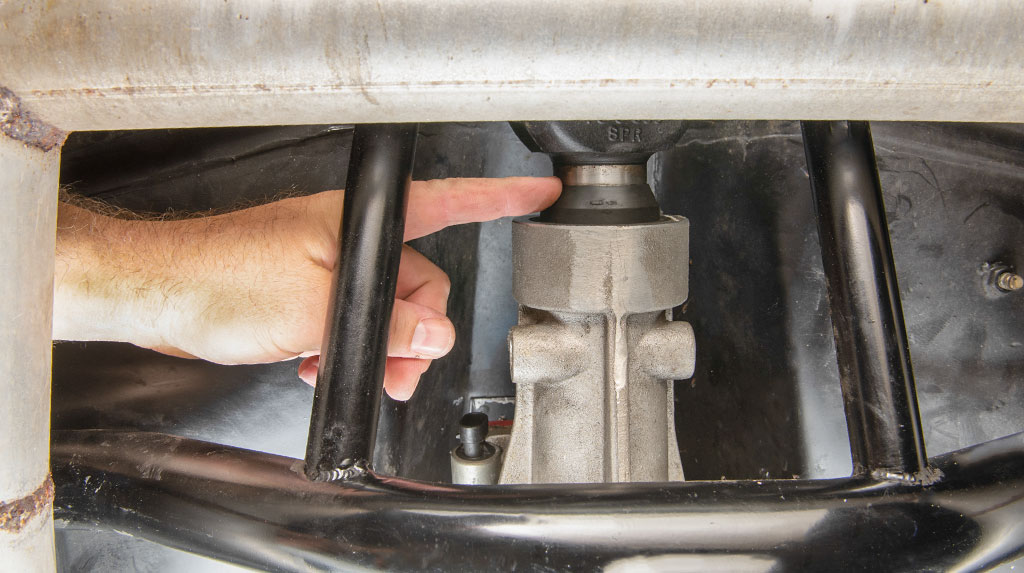
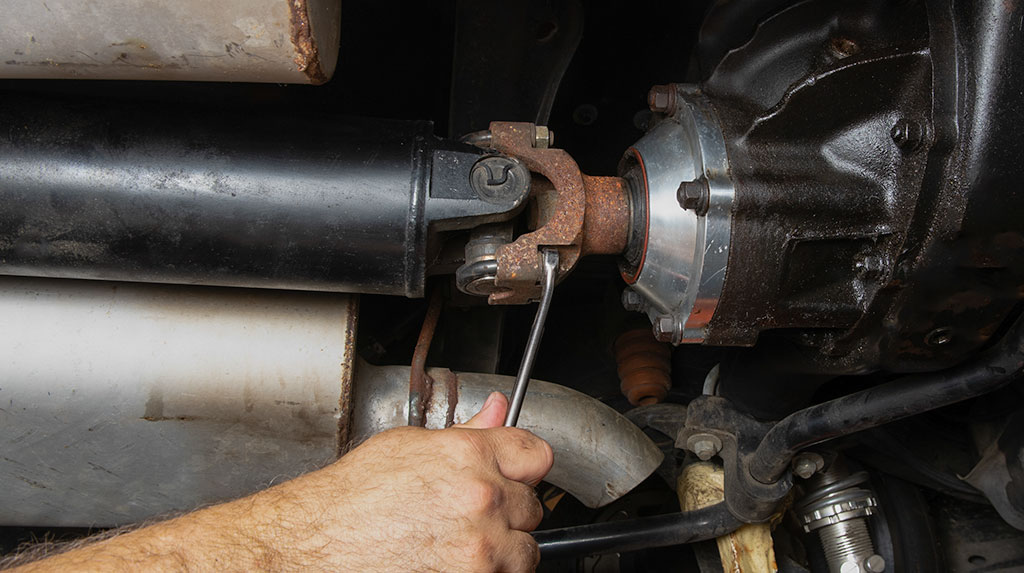

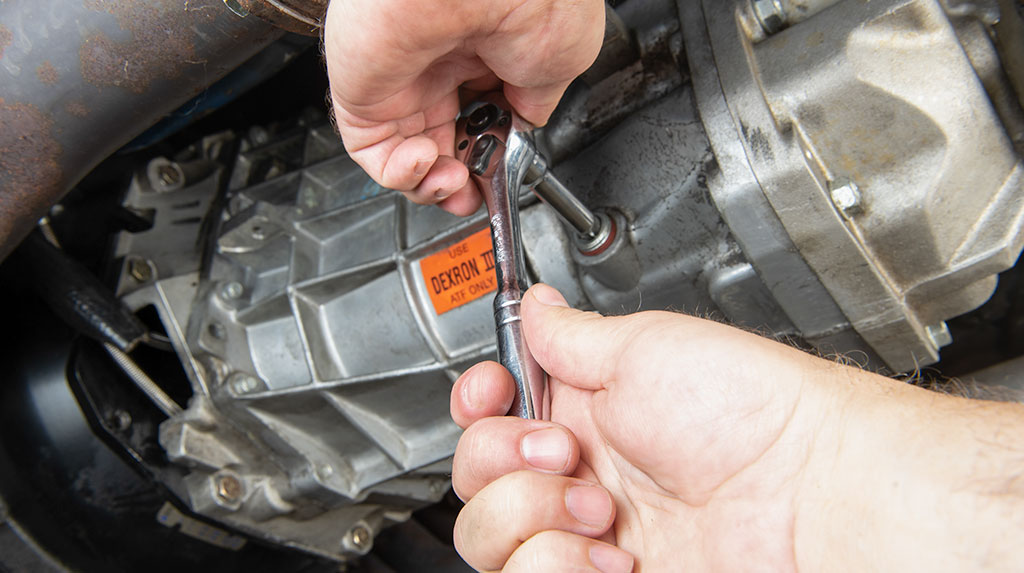
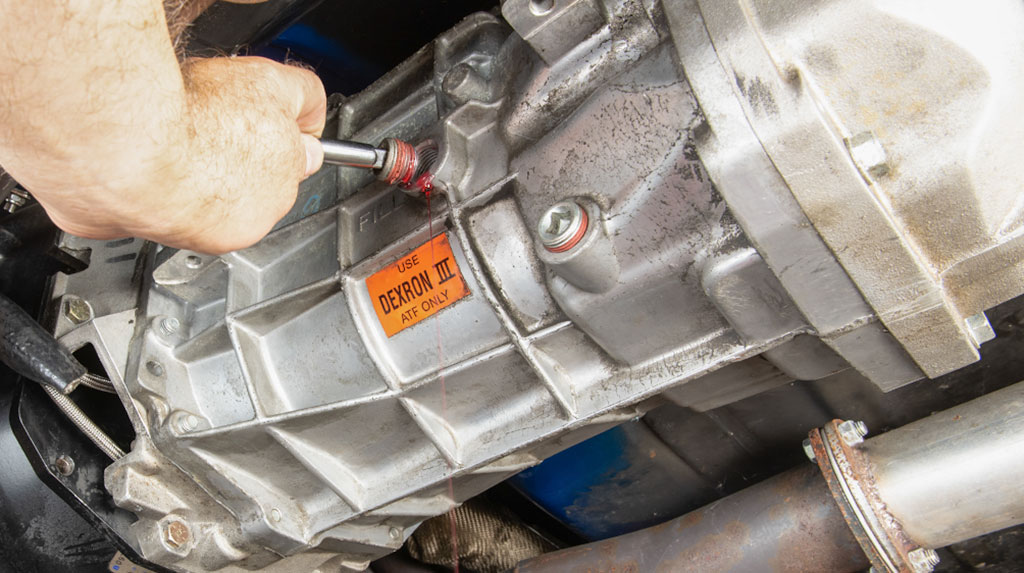
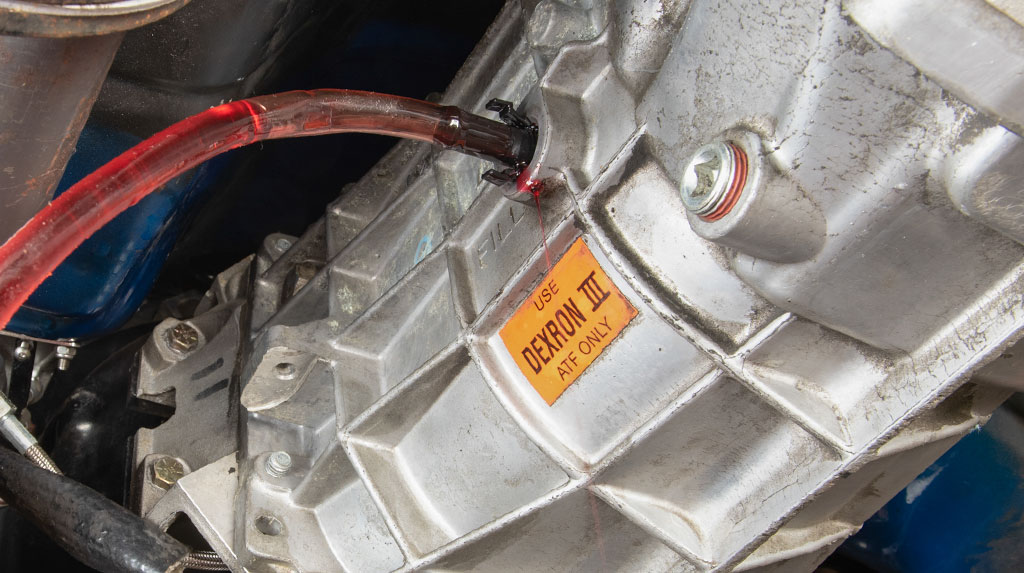
How to Prevent Manual Transmission Damage While Flat Towing
Let’s face some facts: Air travel is challenging right now, but you still want to go on vacation. AAA recently reported that it expects Americans to take 700 million trips this summer, and 97% of that travel will be road trips. Many of you will choose a motor home for your road trip to avoid hotel rooms. If your plans include flat-towing (also called dinghy towing) your favorite manual-transmission equipped vehicle, here are some tips to help you do without damaging the transmission.
Read More “How to Prevent Manual Transmission Damage While Flat Towing”The Differences Between a DCT and a Traditional Automatic Transmission
Dual Clutch Transmission (DCT) technology has been around for years. As auto manufacturers strive to further improve fuel economy and powertrain performance, the advantages that a DCT has over a traditional automatic transmission become more desirable. In this article, we’ll explain the differences between a DCT and a traditional automatic transmission. Read More “The Differences Between a DCT and a Traditional Automatic Transmission”
5 Things to Consider When Converting to a TREMEC
The time has come. You’re tired of cruising along with your engine screaming. Gas gauge falling. The clunky shifts of an ancient transmission. Or worse, an automatic shifting the gears for you. The old-school cool of a manual transmission with the modern capabilities of a TREMEC sounds great, but you’re not sure where to start. Well you’re in luck, because we’ve compiled five key considerations for converting your car to a TREMEC transmission. Read More “5 Things to Consider When Converting to a TREMEC”
Introducing the TREMEC Magnum-F 6-speed for 3rd and 4Th Gen F-Bodies
Owners of 3rd and 4th gen GM F-body cars don’t have to search through the salvage yards and classifieds any longer to find a usable T-56 6-speed. The new TREMEC Magnum-F 6-speed gives owners of the late-model Chevy Camaro and Pontiac Firebird a bolt-in manual transmission option capable of handling the power output of modern, high-performance engines. Read More “Introducing the TREMEC Magnum-F 6-speed for 3rd and 4Th Gen F-Bodies”
How to Shift Your TREMEC Transmission Like a Hero
To shift like a hero, you need to hit all the gears quickly and properly. That takes practice, knowing your car, knowing your clutch and having a good shifter. With modern, internal shift-rail manual transmissions, shifting like a pro is an achievable goal. To help with that, we talked to one of our customers, who shifts his car to 9-second quarter-mile passes over and over again. Read More “How to Shift Your TREMEC Transmission Like a Hero”

